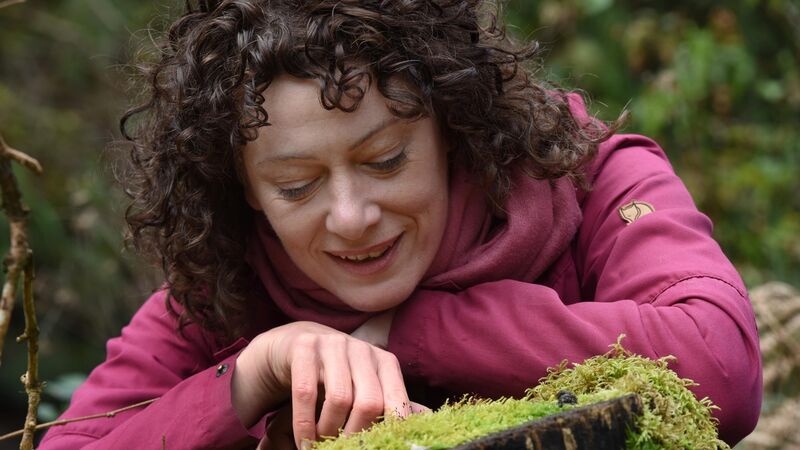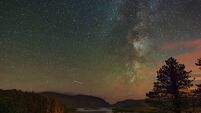Teens skipping school are often associated with ‘wild’ behaviour or even trouble-making — and that’s exactly what it was for ecologist, environmental policy analyst, and nature enthusiast Anja Murray.
However, the ‘wild’ aspect was more about a concern for the destruction of wild habitats and nature and the ‘trouble-making’ relates to a 1995 Greenpeace anti-nuclear protest outside the French Embassy in Dublin.
Even at that young age, Anja had a passion for doing right by the environment. That passion has seen her criticise damaging policies, call out greedy corporate behaviour impacting on ecologies, and highlight changes we can all make to to improve the outlook for animal, plant and marine life.
That passion saw her skip school and head to Dublin to join an environmental protest when she was in her mid-teens. She later went on to graduate with an environmental science degree from Ulster University, Coleraine, so that ‘ditch day’ turned out to be more of a career precursor than teenage disobedience.
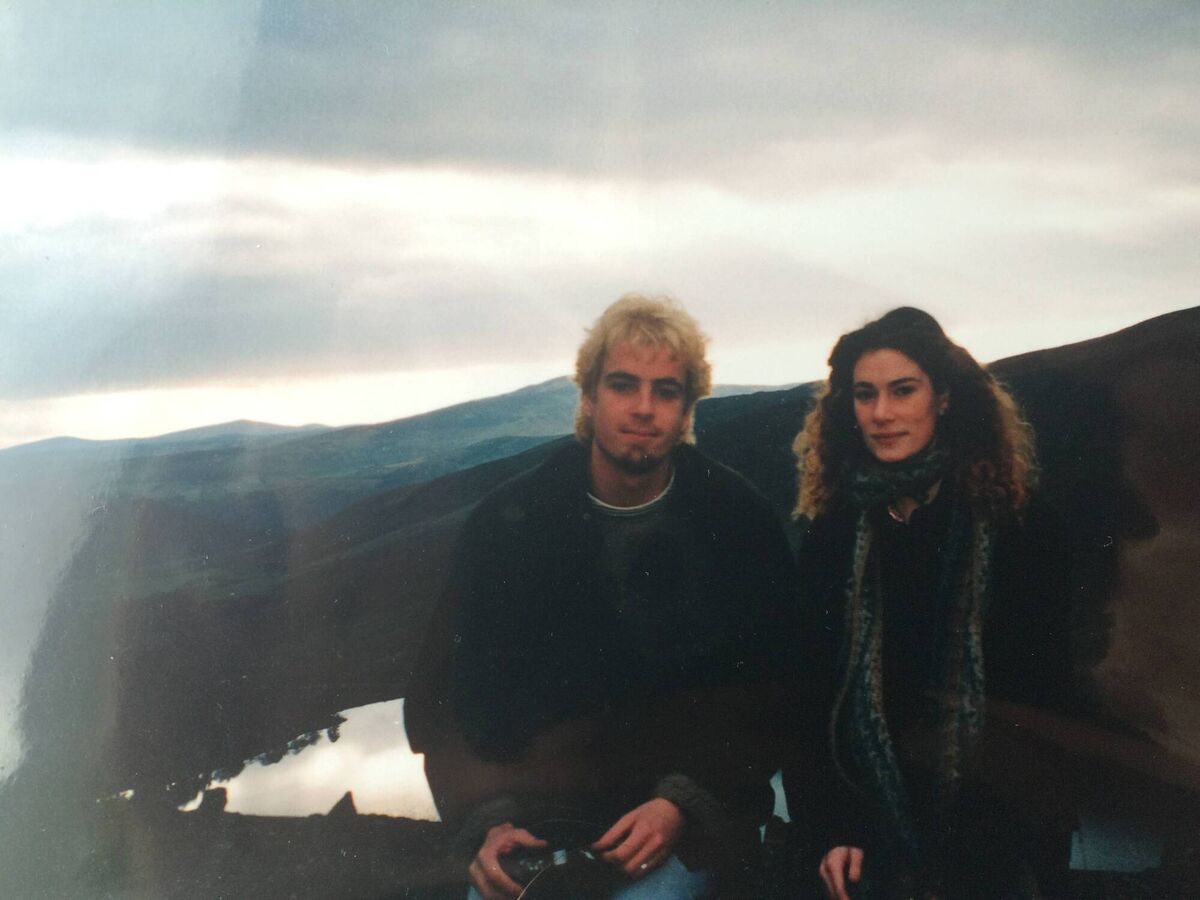
And that passion has prompted her to write Wild Embrace. This book is all about connecting to the wonder of Ireland’s natural world.
Anja, who writes weekly columns for this paper’s Outdoors section, worked with An Taisce and BirdWatch Ireland but is probably best known for co-presenting Eco Eye on RTÉ, and also creating and presenting podcasts ( Naturefile) and radio programmes ( Root and Branch) for Lyric FM.
She really wants to give everyone a chance to see the hidden bounty of the land, sea, and sky around us. And her hope is that when we see and appreciate the marvels of Irish birds or the role of our native trees in environmental regeneration, then there will be benefits on both sides, and that we will have a chance to calm any overwhelming feelings of eco-anxiety and become more keenly aware of our collective and individual responsibility in caring for the health of local habitats.
CONNECTING TO NATURE
This mutual benefit, interlaced respect for our environment, is the real theme of Anja’s book — and indeed all her work.
It’s there when she examines the support system involving native trees, for example.
“Hawthorn, crab apple, rowan, bird cherry, willow and hazel ... their flowers provide pollen and nectar for wild bees, colourful butterflies, hoverflies, delicately patterned night-flying moths, who in turn support bats, swifts, swallows, blue tits, robins and all the rest.”
It’s there in the cover of the book with its beautifully illustrated native animals and berries all ‘woven’ together in a way almost reminiscent of the ornate endpapers in the Ladybird books of our childhoods.
And it’s right there in the title itself — Wild Embrace.
Anja, who grew up in Wicklow and later moved to West Cavan, sees us as rightfully wrapped up in an embrace with nature. The impact of nature on our physical and mental health is also something she is keen for us to acknowledge.
“Time in nature is at the heart of our mental and physical wellbeing.”
She points out: “We have evolved as one component of a complex biosphere – it makes perfect sense that our mental health is improved when we are in a natural environment.”
This restorative aspect of the outdoors was crucial when Anja was caring for her terminally ill mother. Her mum died in 2013 “way before her time” and the pain is still evident when Anja describes that time: “I found myself cast adrift into an overwhelming, numb sadness. The emotional distress triggered some alarming physical symptoms, including a strange allergic reaction that landed me in an ambulance and overnight in an intensive care unit.”
Anja sought relief from the sterility of medical monitors, pharmaceutical smells and hospital procedures by heading outdoors.
She recalls: “As soon as I got out, I instinctively knew that I needed to get myself to my favourite hazel wood ... I craved the reassurance of being in the dappled light, and the soothing soundtrack of the rust-brown river running over pebble banks and gurgling around boulders. The familiarity and safety of a riotous green tangle drew my mind and heart out of their grieving states.”
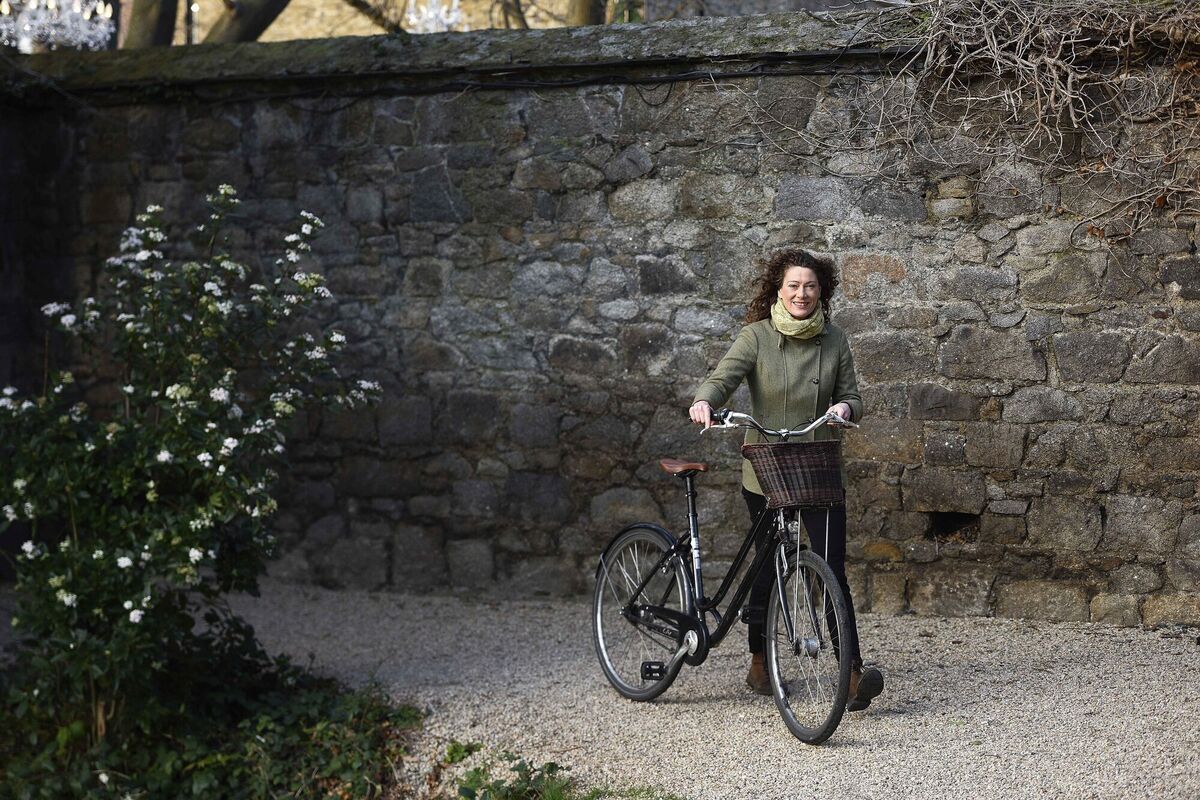
More instances of ‘everyday’ healing derived from nature are also saluted in Anja’s book.
She points out that silicic acid is an anti-inflammatory compound found in willow bark and which was a staple of ancient Irish folk medicine before being synthetically reproduced as aspirin.
And even practical staples such as velcro owe their origins to nature: burdock seeds have little barbs on them to allow them adhere to passing animals — or hikers’ socks — to be then transferred to new locations to grow.
I ask Anja if viewing nature as useful or a cure for illnesses is the only way to save rainforests or creatures.
“We do get ecosystem services for free from nature but, if you only see a creature’s or a plant’s usefulness, then the rest of the picture gets left out. They also have an intrinsic value and a right to exist. And that doesn’t just cover the ‘cute’ or ‘fluffy’ animals either... the aphids and the earthworms or eels ... everything is interconnected. The less glamorous or less charismatic species are all part of an ecosystem.”
SOMETHING SPECIAL ABOUT KINGFISHERS
Is it possible then to have a favourite creature or a preferred plant if they are all so valuable?
“Well, I do think there is something so special about kingfishers. That iridescence, that flash of turquoise and cobalt and orange. And swallows are just lovely too. And hazel trees are a great size. You mightn’t think of them first as they’re not huge like a mighty oak, but they cause this lovely dappled light.”
Are there times though that the calm and zen just have to give way to anger or frustration with poor environmental practices or damaging policies?
“Yes, you can get frustrated with head-in-the-sand attitudes alright but anger leads to burnout. And you have to remember too the good work being done at ground level in so many communities. You have conservation initiatives and river trusts and people restoring woodland ecosystems.
“We are badly out of kilter in caring for habitats and that is worrying of course. But we have to have hope too. And I use a three-legged stool analogy. Each respective leg represents wonder, knowledge and action. Without all three legs, the stool topples over and we fall into despair, burnout or cynicism.”
It’s absolutely not all campaigning and education though — for Anja herself and in this book. There’s fun to be found in nature and in the book as well.
Anja delights in pointing out that it’s often the Irish names for creatures and plants that are deliciously descriptive. “Sea anemones, as seen in rock pools, can have their tendrils in or out. When in, they look like shapely squidgy blobs, so their Irish name is cíoch charraige — which directly translates as ‘rock boob’.”
And once you hear it, who could ever forget that the Irish name for jellyfish is ‘smugairle róin’ which translates as ‘seal snot’.
She is saddened that Eco Eye has been cut after 21 years. It was the country’s longest-running environmental programme but had lost its sponsorship from the EPA. But she points out that the programmes still exist on YouTube and she references some of the many other ways people can learn and get involved in environmental campaigns and groups. Marine Protected Areas (MPAs) which are planned to protect our marine waters are one big source of hope.
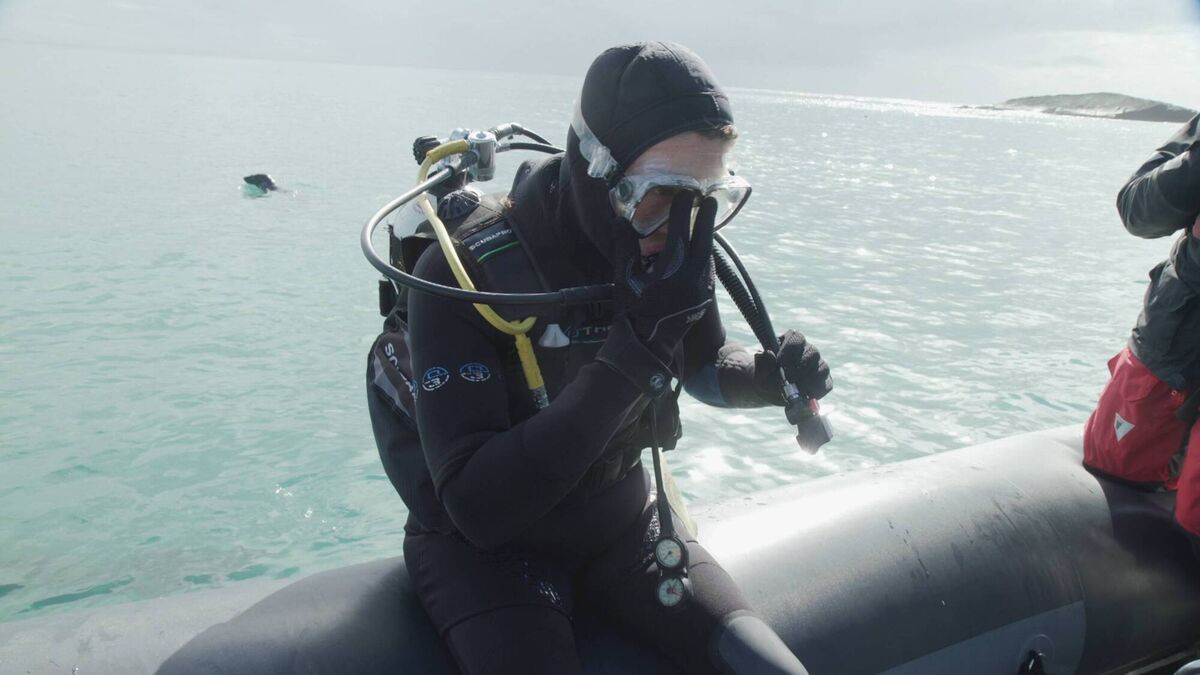
Anja also tries to live what she has learned — whether that’s a Christmas day swim in Lough MacNean, eating locally-produced, in-season food or keeping her air-miles down: “I do my bit, I am vegetarian and I do buy locally-grown, seasonal food but I do also buy bananas. I fly only occasionally and I do use the train.”
She admits she doesn’t like seeing people taking dozens of flights for holidays each year and doesn’t see the need for “massive SUVs when you live in South County Dublin”.
But she’s very conscious that putting the onus on individuals isn’t the main answer: “Even if we stopped all emissions right now there would still be irreversible climate change. But we can still stem the decline. It’s not individual people’s responsibility and it’s not about blame or pointing the finger. It’s about implementing solutions, practical actions and conservation policies.”
One way to raise awareness and reverse destructive trends, she believes, is to get us all appreciating and championing the bogs, woodlands and coastal regions we do have – which brings us right back to the roots and heart of Wild Embrace.
- Wild Embrace: Connecting to the Wonder of Ireland’s Natural World (Hachette Ireland), €14.99
CONNECT WITH US TODAY
Be the first to know the latest news and updates
